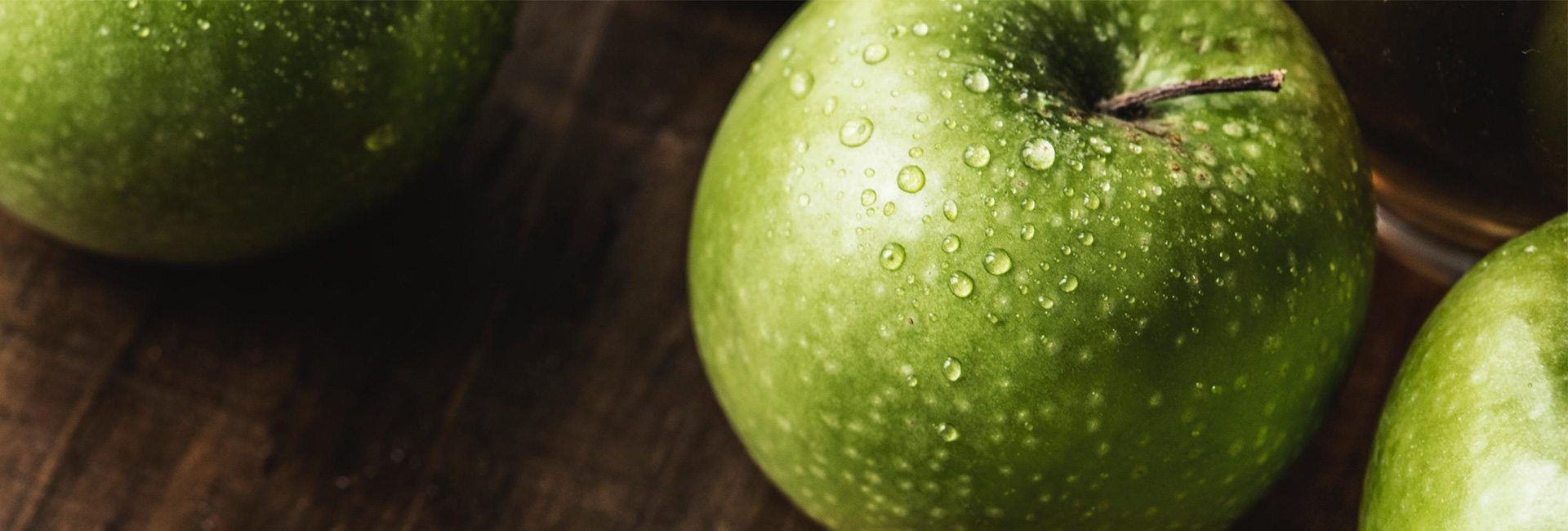You’ve heard the stereotypes: the French love excellent food, fashion and luxury. But if you want to succeed in France, you’ll need to cast aside assumptions and embrace the more complex reality of French consumer behavior.
Here are three debunked stereotypes about French consumers that you should consider in order to succeed in the French market.
1. THE FRENCH EAT ONLY GOURMET
Whether it’s lavish champagne, haute cuisine or fantastic gâteaux, the French are well-known connoisseurs of the finer things in life. But a new trend around eating behavior is affecting what the French buy and why they buy it.
For one, they’re trying to lead healthier lifestyles – driving purchases of organic, sugar-free and unprocessed foods.
The wellness trend is also becoming popular. Younger generations are increasingly supporting their health goals by investing in exercise classes and wellness experiences. And the French spent a whopping 7.3% of their income on their physical appearance in 2015.
But with more and more people entering the workforce, average consumers must balance their desire for health & well-being with the reality of not having enough time.
Although French people spend 13 more minutes per day eating than they did in early 2000, they also spend 18 minutes less on cooking. With those figures, it’s no surprise that convenience foods and services are growing in popularity.
It’s also worth noting that 81% of people aged between 25 and 49 are concerned about the environment. But only 16% believe that brands share enough manufacturing information. Providing this information will therefore not only boost your environmental creds but also help you gain consumer trust.
What does all this mean for your consumer brand? There’s clearly a market for food, health and cosmetics products. But to succeed, you’ll need to appeal to your customers on their level. Demonstrate how your brand boosts health & well-being while protecting the environment. But don’t overcomplicate this. The simpler you can make things, the better.
2. THE FRENCH BUY ONLY LUXURY
Paris is one of the great fashion and luxury capitals of the world. So it’s no surprise the French luxury goods sector had a market value of over €35.5 million ($41 million) in 2018.
That isn’t the whole story, though. Luxury tourism is hugely popular in France, so a lot of the interest in French luxury isn’t actually domestic. In fact, France is the second largest market in the world when it comes to international spending on luxury goods.
Of course, quality is still important to domestic French consumers. But factors like an aging workforce, struggling middle class and a higher cost of living mean they’re becoming more cost-conscious.
This new, thriftier French consumerism has therefore affected spending. Despite the buoyant luxury market, French consumers spend just 3.8% of their income on clothes and shoes – the lowest amount in the EU. So one of the most certain ways to persuade French consumers to spend their money is to promote your products as sale items.
That’s why fashion sites like La Redoute regularly feature 2-3-day flash sales. And seasonal events like Black Friday and Cyber Monday have proven so popular that the French created their own version. Known as “French Days,” these have already taken place twice in 2018 (at the end of April and September).
Participating in these sales can be an effective way to gain some traction in the market by winning customers when they’re most likely to buy.
But French holidays aren’t always good news for business. Many French shops close on Sundays, as well as during July and August. Your French partners most likely won’t be around during this time, and French supply chains will be slow. So if you want to provide a seamless customer experience over the slower summer months, you’ll need to be well prepared.
3. THE FRENCH BUY ONLY FRENCH
Even when paying lower prices, the French still expect products to be of high quality. This is why quality stamps and labels are so popular. In 1997, just 39% of French people were willing to pay more based on a product’s origin. In recent years, this desire for high-quality products has evolved into a preference for French products, and that figure has now risen to 60%.
This is because of the “Made in France” concept, launched during the 2012 presidential campaign. The idea was that buying “Made in France” products would save French jobs while also giving consumers higher quality products.
The campaign was incredibly effective, and now 50% of French consumers would rather buy something made in France than an international product.
So what does this mean for international brands? Well therein lies the power and purpose of marketing localization. Gü is a great example.
Despite basing its name on the French word for flavor – goût – and featuring a German aesthetic, the luxury pudding brand is actually English. In 2005, La Grande Épicerie de Paris requested that Gü supply them with chocolate puddings. It quickly became Gü’s best selling store. How?
Before launching in France, the brand redesigned its packaging and reworked its copy to match French expectations, such as describing the puddings as moelleux, not soufflés.
The brand adapted its English identity so well that Gü was able to succeed in the French market, despite it not being a “Made in France” product.
FINAL THOUGHT
As with all international markets, the complex and nuanced nature of French consumer behavior is more than a handful of stereotypes and a need for content to be translated. By understanding French expectations and adapting your brand, products and messaging to truly engage with French consumers on their terms, you can navigate this cultural minefield and achieve marketing success.


